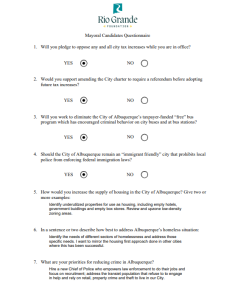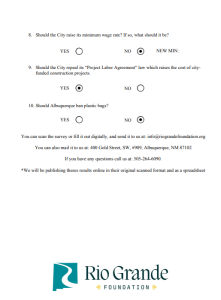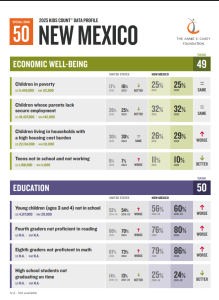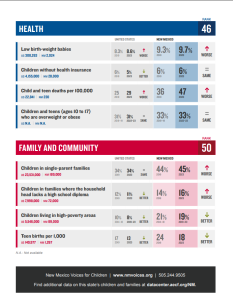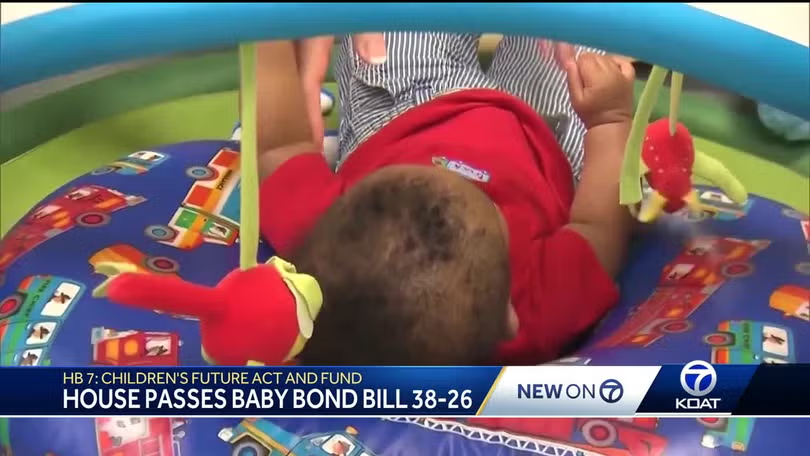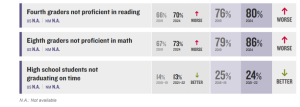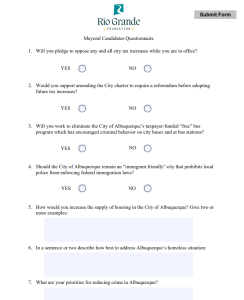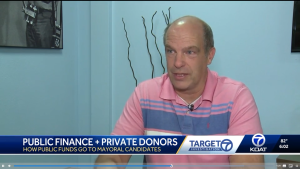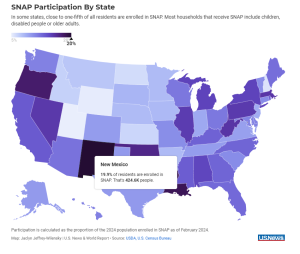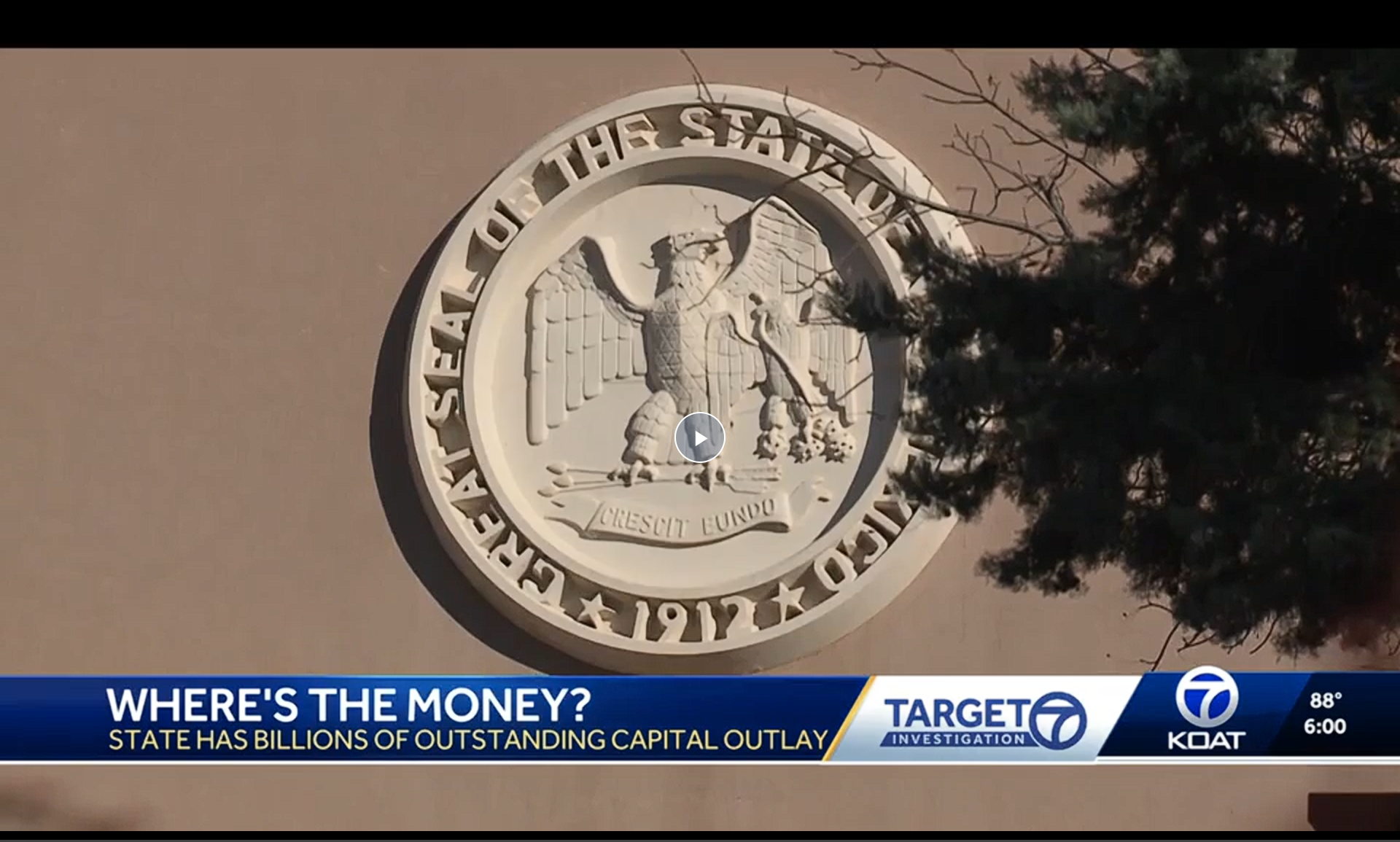The following ran in the Santa Fe New Mexican on June 7, 2025 under a different title. We believe this title better reflects the thrust of the article.
![]()
The Land of Enchantment has beautiful mountains, a rich cultural history, a hardworking population and more oil than it can reasonably expect to extract from the ground. These are the kinds of things that make a state prosperous.
But New Mexico remains impoverished.
While the Rio Grande Foundation supports much broader and more aggressive economic reforms than anything discussed in Santa Fe in recent years, one proposal pushed in the 2025 legislative session is a step in the right direction. I’m referring to House Bill 7, or the “Children’s Future Act.” This bill would set aside a trust fund so that every child born in New Mexico would receive a check when they turn 18 and graduate high school (or earn a GED).
The bill does not specify how much money the state would invest for each child, but sponsor Linda Serrato explained that based on the advocacy organization’s pilot program, approximately $6,000 would be allocated for each child at birth. The money would be managed by the State Investment Council, and it is estimated that the investment would grow to about $20,000 per recipient.
That’s $20,000 going back to a New Mexico resident! And why not? New Mexico is sitting on $60 billion in permanent funds. While saving for a future rainy day is a good idea, so is investing in prosperity now. We believe the state should be returning some of the recent tax surpluses to New Mexicans today. Because honestly, it is already a rainy day.
So, the Children’s Future Act has promise; it gives money back to New Mexicans and does not restrict who will get this money. Does the Rio Grande Foundation have some concerns? Yes.
Why not give back more money? A potential $20,000 handed to a young person in 18 or so years isn’t much.
Why not give the money back sooner and for uses like K-12 education? Our K-12 system is a disaster area that spends $46,000 annually per student in Santa Fe and $35,000 annually in Albuquerque. Why not take some of the $60 billion to address this serious, current problem.
Ultimately, doesn’t this bill also say some concerning things about the fundamental ideology of New Mexico? By holding the money in reserve for the future, the bill says to New Mexicans that they can’t be entrusted with their own futures and the futures of their children. What’s more, the Children’s Future Act foists the responsibility for the well-being of New Mexicans on the government, which isn’t the way it should be.
Still, this bill is a start. The proposed Children’s Future Act is a good thing, but it is small potatoes. New Mexico’s way of thinking needs an overhaul.
New Mexico is stuck in a scarcity mindset. Rather than seriously and practically using its excess monies to build a brighter future, the government, and often the people, of New Mexico are only hoping to keep the status quo. There seems to be this irrational fear on part of the New Mexico government: that any money forgone by lowering taxes (or any other investment in long-term prosperity) is money lost. This self-fulfilling pessimism prevents planning for a better future. We’re basically saying, “Don’t aspire to anything better New Mexico — only hold off decline.”
Other states are moving forward, and we are being left behind.
Rather than hoping in a government fund to preserve the status quo, we should be trying to make an economy that flourishes on its own. An economy without 40% of the population on Medicaid, without 18% of households in poverty and without 66% of households with children receiving food assistance. Those statistics are the best that the government can provide. It’s not prosperity and not worth settling for. The only way to fix those problems is to invest in economic freedom for New Mexicans, so that they can manufacture prosperity from the bottom up, not the top down.

